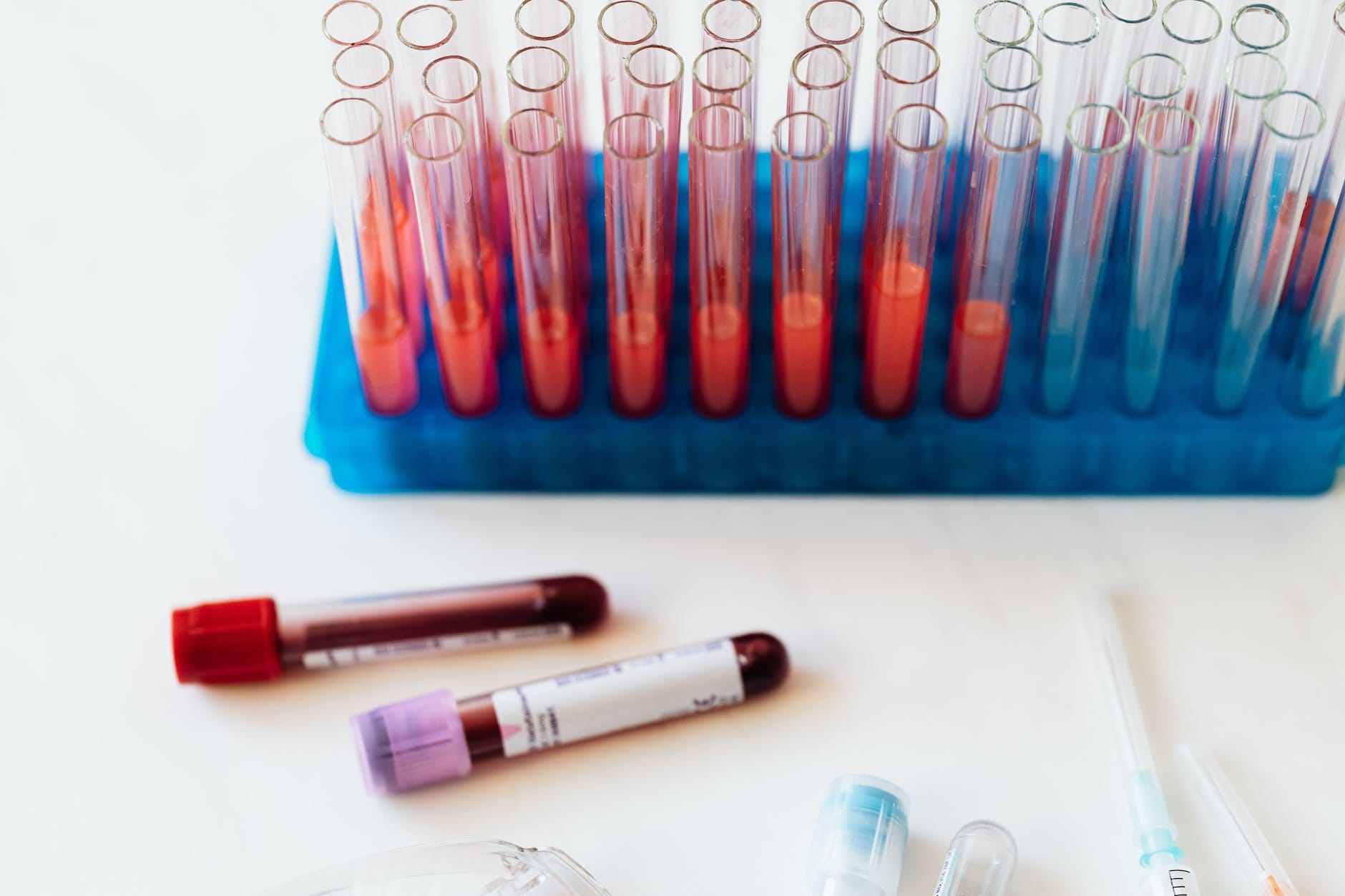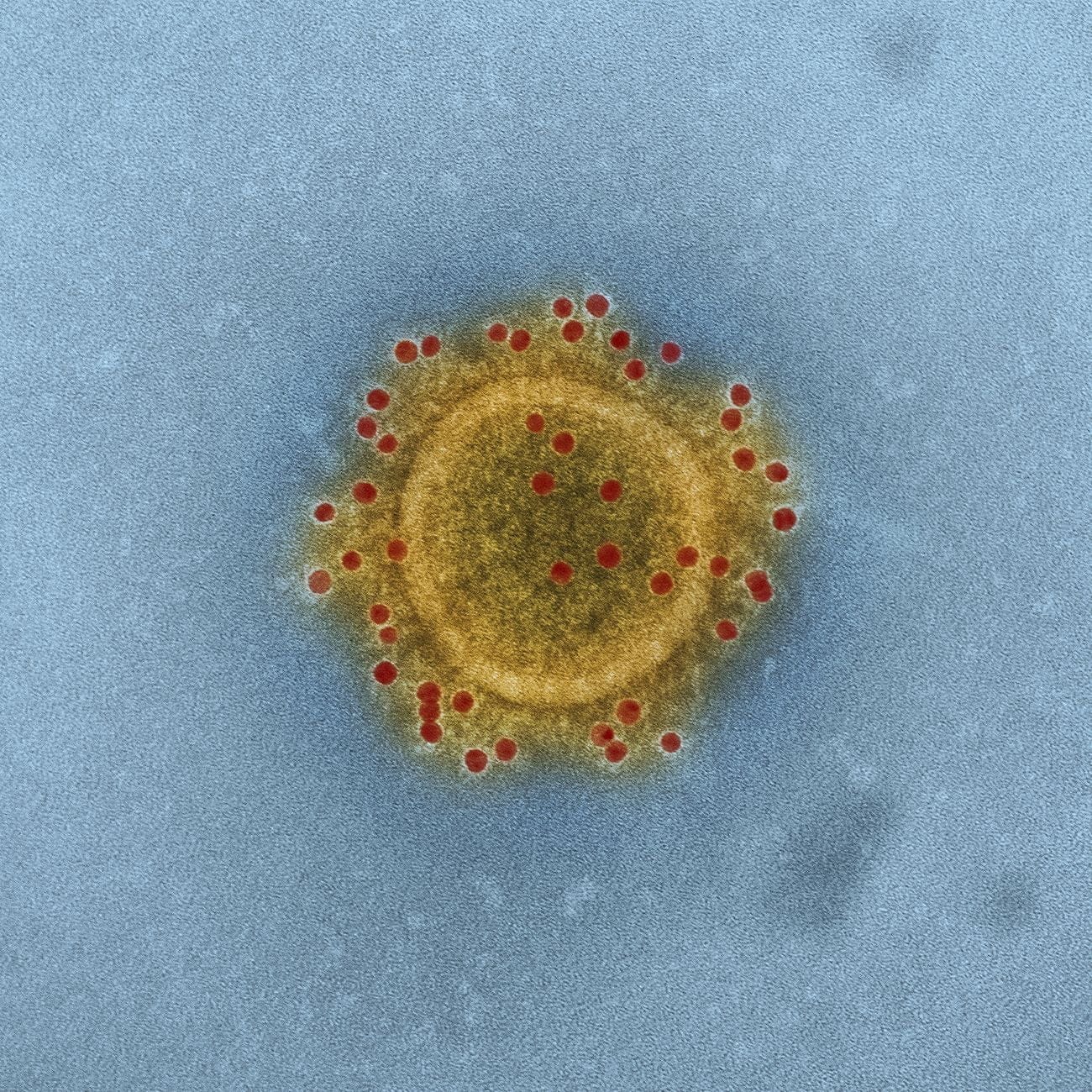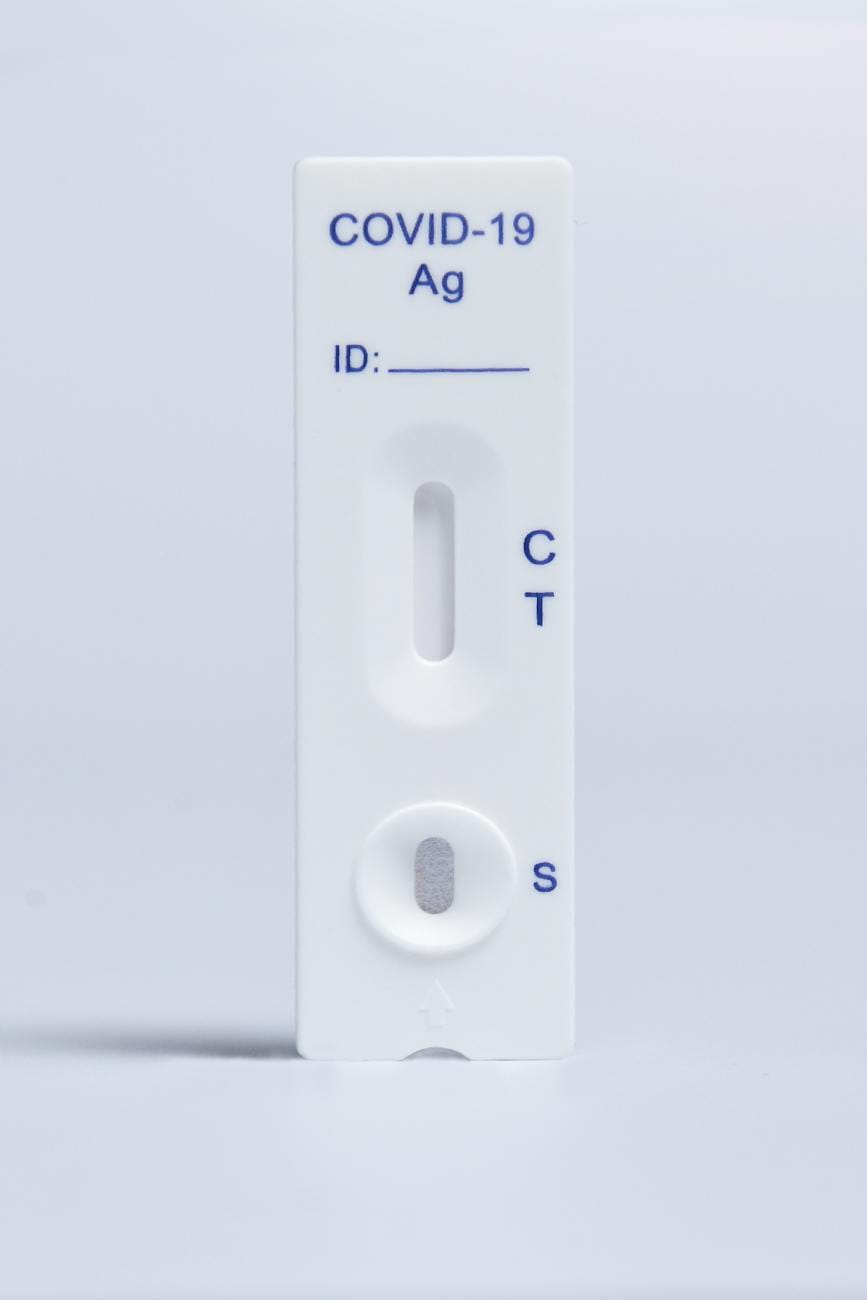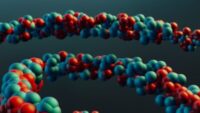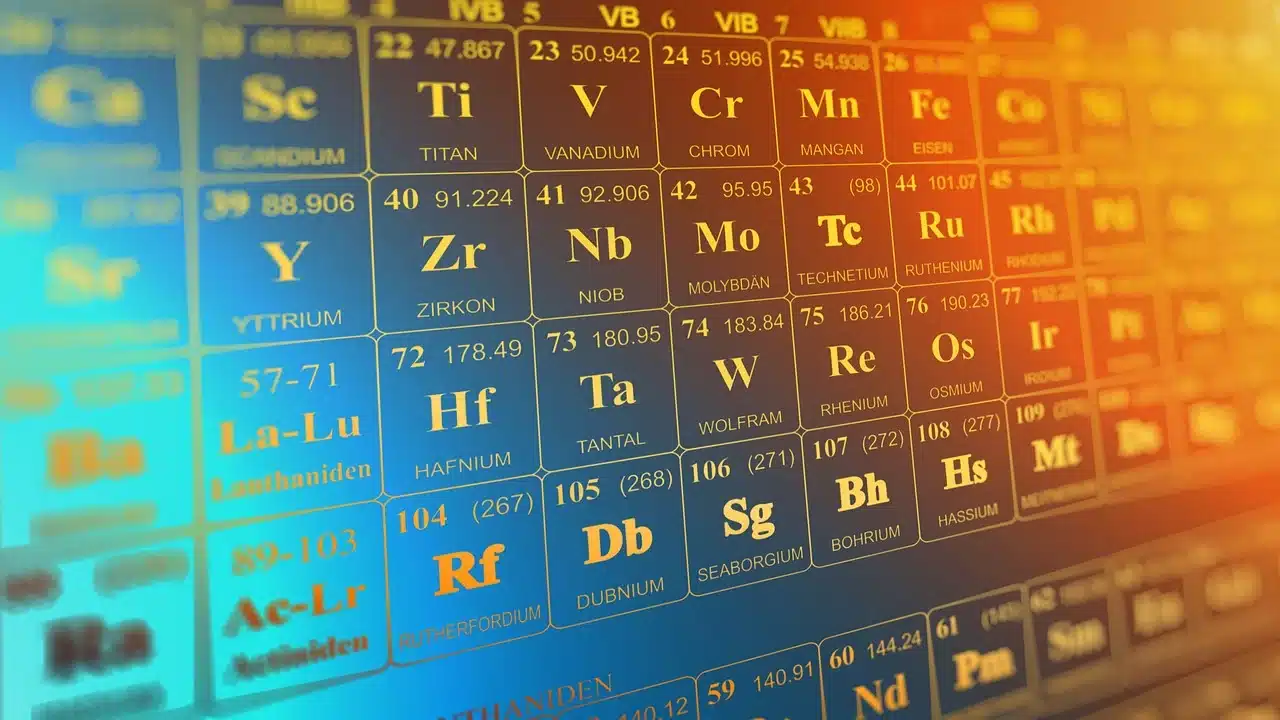Introduction: Heart attack, also known as myocardial infarction (MI), is one of the leading causes of death worldwide. According to the World Health Organization, an estimated 17.9 million people died from cardiovascular diseases (CVDs) in 2016, representing 31% of all global deaths. One of the challenges in treating heart attacks is the lack of effective diagnostic tools to identify the severity of the condition and guide treatment decisions. In recent years, there has been significant progress in identifying and measuring molecules that are produced before, during, and after a heart attack. These molecules, or biomarkers, can provide important information about the extent of damage to the heart and help clinicians make more informed treatment decisions. In this article, we will explore the molecules produced before, during, and after a heart attack, the current heart attack diagnostic methods used to detect these molecules, and future possibilities for advancing these heart attack diagnostic tools.
Molecules Produced Before a Heart Attack:
One of the challenges in diagnosing a heart attack is that the symptoms can be vague and non-specific, making it difficult to distinguish from other conditions. However, there are certain molecules that are produced before a heart attack that can provide important clues about the underlying condition. These molecules are known as biomarkers and can be detected in the blood or other bodily fluids.
One of the most well-known biomarkers for heart attack is troponin. Troponin is a protein that is found in cardiac muscle cells and is released into the bloodstream when the heart muscle is damaged. Troponin levels begin to rise within a few hours of a heart attack and can remain elevated for several days. High levels of troponin are a strong indicator of a heart attack and are used to guide treatment decisions and assess the extent of damage to the heart.
Another biomarker that is produced before a heart attack is B-type natriuretic peptide (BNP). BNP is a hormone that is produced by the heart in response to increased pressure or volume. Elevated levels of BNP can indicate heart failure, a condition in which the heart is unable to pump enough blood to meet the body’s needs. BNP levels can also be elevated in the days or weeks leading up to a heart attack, providing early warning signs of a potential cardiac event.
Other biomarkers that have been studied for their potential use in predicting a heart attack include C-reactive protein (CRP), which is a marker of inflammation, and fibrinogen, which is involved in blood clotting. However, these biomarkers are not as specific for heart attack as troponin and BNP and are not currently used as part of routine clinical practice.
Molecules Produced During a Heart Attack:
During a heart attack, there is a rapid and significant increase in the release of molecules into the bloodstream. These molecules can provide important information about the extent and severity of damage to the heart muscle and can guide treatment decisions.
Troponin remains one of the most important biomarkers for heart attack, as it is released in large quantities during a cardiac event. High levels of troponin indicate significant damage to the heart muscle and can help clinicians determine the best course of treatment. Troponin levels are typically measured several times over the course of several hours to track changes in the level of damage to the heart.
Another biomarker that is produced during a heart attack is creatine kinase (CK). CK is an enzyme that is found in several different tissues, including the heart muscle. When the heart muscle is damaged, CK is released into the bloodstream. Like troponin, CK levels begin to rise within a few hours of a heart attack, but they peak earlier and return to normal more quickly. CK is not as specific for heart attack as troponin, as it can also be elevated in other conditions, such as skeletal muscle injury.
Myoglobin is another biomarker that is produced during a heart attack. Myoglobin is a protein that is found in muscle cells, including the heart muscle. When the heart muscle is damaged, myoglobin is released into the bloodstream. Myoglobin levels begin to rise within hours of a heart attack, but they return to normal more quickly than troponin or CK. Myoglobin is not as specific for heart attack as troponin, as it can also be elevated in other conditions, such as skeletal muscle injury.
Lactate dehydrogenase (LDH) is an enzyme that is found in several different tissues, including the heart muscle. When the heart muscle is damaged, LDH is released into the bloodstream. LDH levels begin to rise within hours of a heart attack, but they peak later than troponin or CK. LDH is not as specific for heart attack as troponin, as it can also be elevated in other conditions, such as liver or kidney disease.
Molecules Produced After a Heart Attack:
After a heart attack, there is a period of recovery during which the heart muscle begins to heal and repair. During this period, certain molecules are produced that can provide important information about the extent and severity of damage to the heart.
One of the most important molecules produced after a heart attack is collagen. Collagen is a protein that is a major component of the extracellular matrix in the heart. After a heart attack, collagen is deposited in the damaged area of the heart, helping to form scar tissue. The amount of collagen that is produced after a heart attack can provide important information about the extent and severity of damage to the heart. Imaging techniques, such as magnetic resonance imaging (MRI), can be used to visualize the amount of scar tissue in the heart, providing additional information about the extent of the damage.
Another molecule that is produced after a heart attack is matrix metalloproteinases (MMPs). MMPs are enzymes that are involved in the breakdown and remodeling of the extracellular matrix in the heart. After a heart attack, MMPs are produced to help break down the damaged tissue and facilitate the healing process. However, excessive MMP activity can lead to further damage to the heart and is associated with poor outcomes.
Diagnosis of Molecules Produced Before, During, and After a Heart Attack:
The diagnosis of molecules produced before, during, and after a heart attack relies on the measurement of biomarkers in the blood or other bodily fluids. The most commonly used biomarkers for heart attack are troponin and BNP, which can provide important information about the extent and severity of damage to the heart.
Troponin levels are typically measured several times over the course of several hours to track changes in the level of damage to the heart. BNP levels can also be measured in the blood and can provide important information about the presence of heart failure or the risk of a cardiac event.
Other biomarkers, such as CK, myoglobin, LDH, CRP, and fibrinogen, may also be measured in certain situations, but they are not as specific for heart attack as troponin and BNP.
Imaging techniques, such as MRI and computed tomography (CT), can also be used to visualize the heart and provide additional information about the extent of the damage.
Future Possibilities for the Advancement of Diagnosis:
While current biomarkers and imaging techniques provide important information about the extent and severity of damage to the heart, there is still room for improvement in the diagnosis of a heart attack. Advances in technology and our understanding of the underlying mechanisms of a heart attack may lead to the development of more specific and sensitive biomarkers, as well as new imaging techniques that can provide more detailed information about the heart.
One promising area of research is the use of microRNAs (miRNAs) as biomarkers for heart attack. miRNAs are small, non-coding RNA molecules that regulate gene expression. They have been shown to be involved in the pathophysiology of various cardiovascular diseases, including heart attacks. Studies have found that certain miRNAs are differentially expressed before and after a heart attack and that they may be useful as biomarkers for the diagnosis and prognosis of a heart attack. However, further research is needed to validate their clinical utility.
Another area of research is the use of advanced imaging techniques, such as positron emission tomography (PET) and single photon emission computed tomography (SPECT), to visualize the heart and detect molecular changes associated with a heart attack. These techniques can provide more detailed information about the metabolism and function of the heart, and may be useful in identifying early changes in the heart before the damage becomes irreversible.
In addition, advances in machine learning and artificial intelligence may allow for more accurate and efficient analysis of large datasets, such as those generated by biomarker and imaging studies. This could help to identify novel biomarkers and imaging markers for heart attack, as well as improve the accuracy and speed of diagnosis.
Conclusion:
Heart attack is a major cause of morbidity and mortality worldwide, and early diagnosis is essential for effective treatment and management of the disease. Biomarkers such as troponin and BNP, as well as imaging techniques such as MRI and CT, provide important information about the extent and severity of damage to the heart. However, there is still room for improvement in the diagnosis of heart attack, and ongoing research is focused on identifying new biomarkers and imaging markers that can provide more specific and sensitive information about the heart.
Advances in technology, including the use of miRNAs as biomarkers and advanced imaging techniques such as PET and SPECT, as well as machine learning and artificial intelligence, hold promise for the development of more accurate and efficient methods of diagnosis for heart attack. As our understanding of the underlying mechanisms of heart attack continues to evolve, so too will our ability to diagnose and treat this devastating disease.


